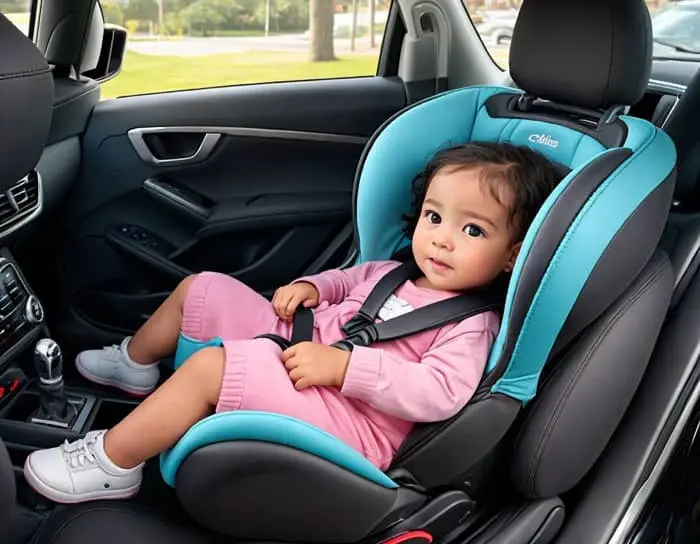When it comes to child safety in vehicles, Canada has stringent regulations to ensure the well-being of its youngest passengers. These rules, while varying slightly by province, share a common goal: to protect children by restraining and positioning them safely in the car. Here’s a comprehensive look at the child seat rules across Canada, including age-based requirements, rear-facing mandates, seat belt anchorages, regular inspections, and local regulations.
The Importance of Child Car Seats
Child car seats are designed to protect children from the forces of a crash. They are specifically engineered to absorb and distribute the impact energy, reducing the risk of serious injury or death. By keeping children securely restrained, car seats help prevent them from being ejected from the vehicle or from being thrown against the dashboard, windows, or other passengers.
Rear-Facing Car Seats
Rear-facing car seats are the safest option for infants and young children. They provide better support for the head, neck, and spine in the event of a collision. The general guideline across most provinces is to keep children in rear-facing seats until they are at least two years old or until they reach the maximum weight or height limit specified by the car seat manufacturer.
- Alberta: Use a rear-facing car seat until the child is at least 2 years old or reaches the manufacturer’s weight/height limits.
- British Columbia: Children must be in a rear-facing seat until they are at least 1 year old and weigh 9 kg (20 lb), and can continue using it until they reach 18 kg (40 lb).
- Ontario: Rear-facing seats are required until the child is at least 1 year old and weighs 9 kg (20 lb), with continued use recommended until 18 kg (40 lb).
Suggested Read- Child Car Seat Rules In The UK: Protecting Your Little Passengers
Forward-Facing Car Seats
Once children outgrow their rear-facing seats, they can transition to forward-facing car seats. These seats should have a 5-point harness to secure the child properly. The harness should be used until the child reaches the maximum weight or height limit set by the car seat manufacturer.
- Manitoba: Forward-facing seats are used after the child outgrows the rear-facing seat, typically around 2 years old, and should be used until the child reaches the manufacturer’s limits.
- Nova Scotia: Similar guidelines apply, with the emphasis on using the forward-facing seat until the child reaches the maximum weight or height limit.
Booster Seats
Booster seats are the next step after forward-facing seats. They help position the vehicle’s seat belt correctly on the child’s body. Children should use booster seats until they are tall enough to sit without one, typically when they reach a height of 145 cm (4 feet 9 inches) or are between 8 and 12 years old.
- Quebec: Booster seats are required until the child is 145 cm tall or 9 years old.
- Saskatchewan: Similar rules apply, with the emphasis on proper seat belt fit.
General Safety Tips
- Installation: Ensure the car seat is installed correctly according to the manufacturer’s instructions. Many provinces offer car seat inspection clinics to help parents with proper installation.
- Recalls and Safety Notices: Stay informed about any recalls or safety notices related to car seats. Transport Canada provides resources to check for recalls and report safety defects.
- Choosing the Right Seat: Select a car seat that fits your child’s age, weight, and height. It’s crucial to follow the manufacturer’s guidelines for each stage of car seat use.
Suggested Read- Keeping Your Kids Safe on the Road: A Guide to Child Seat Rules in New Zealand
Common Mistakes Made with Child Car Seats
- Incorrect installation: The most common mistake is improper installation, which can compromise the seat’s effectiveness.
- Using a seat that is too small or too large: The seat should fit your child snugly without any gaps.
- Not using the harness properly: The harness should be tightened correctly and at the appropriate height.
- Ignoring expiration dates: Child car seats have expiration dates, and they should be replaced if they are expired.
Conclusion
Child car seats are essential for the safety of children on the road. By understanding the applicable laws, choosing the right seat, and ensuring proper installation, parents can significantly reduce the risk of serious injuries. It’s important to prioritize child safety and follow the guidelines to protect your little ones.
